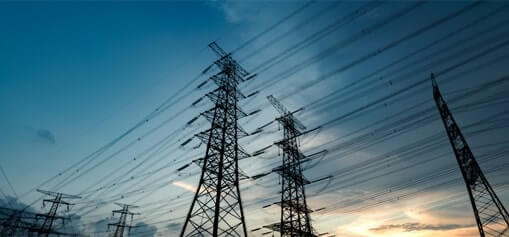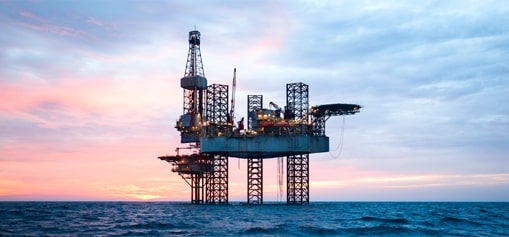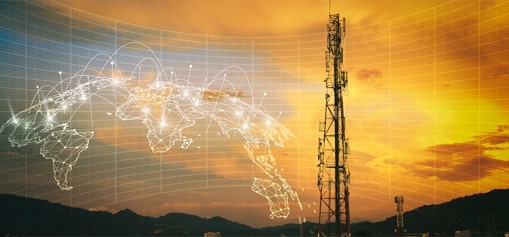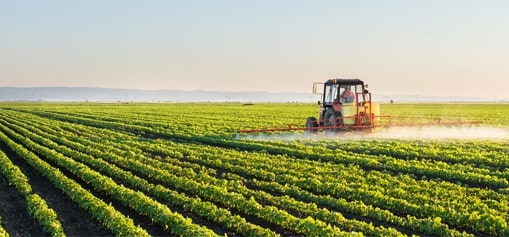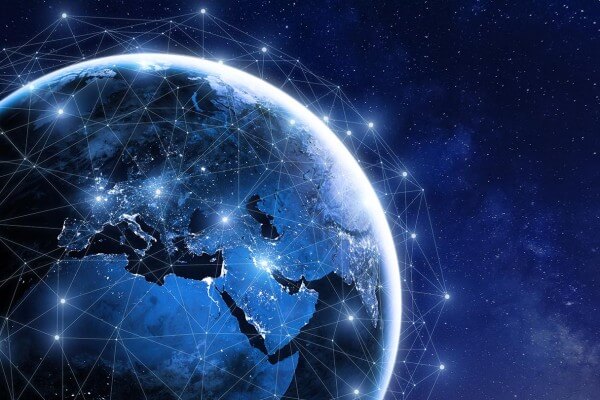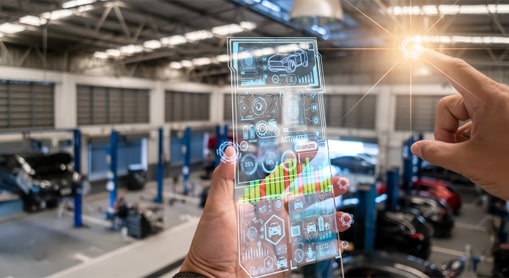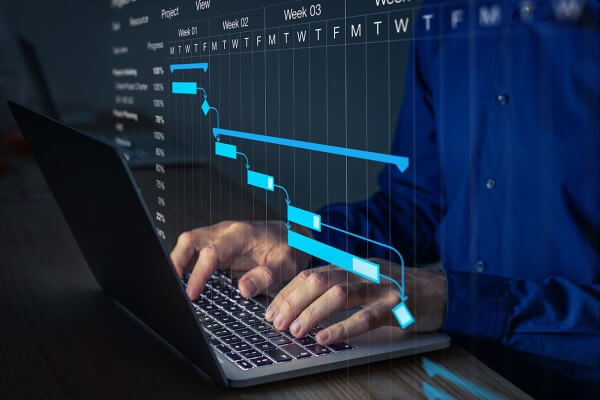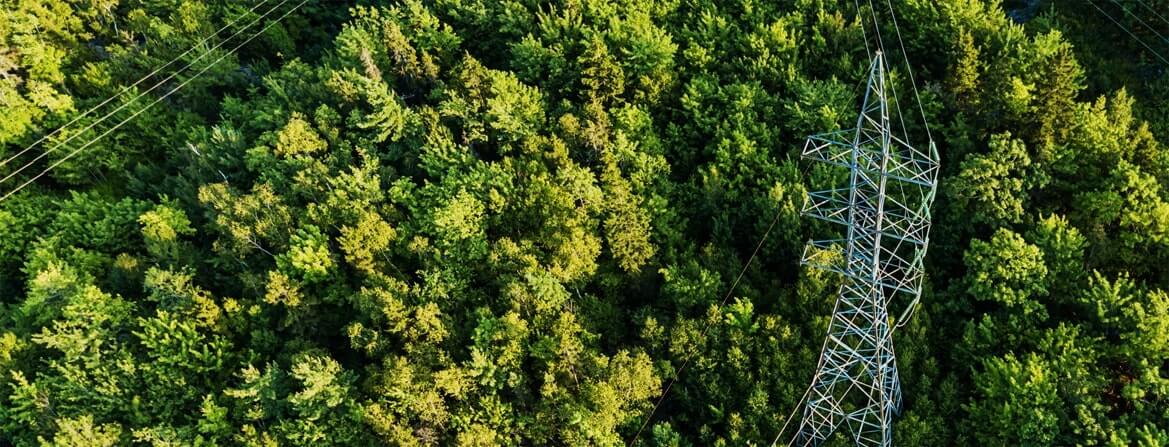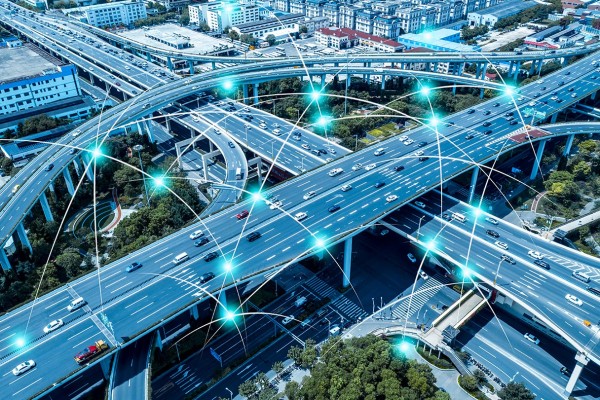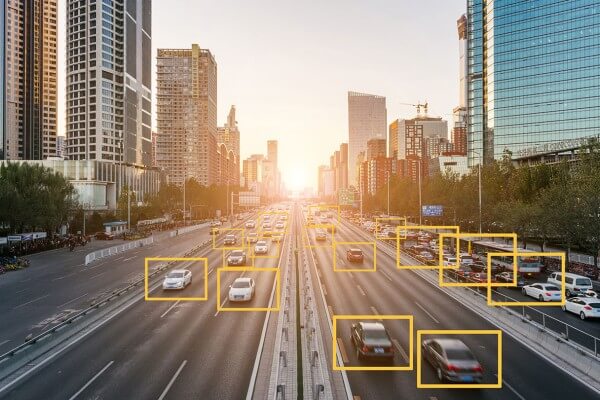
Enhancing Water Distribution Management with IoT Technology
The Ministry of Jalshakti, State Water and Sanitation Mission (SWSM), Water Supply and Sanitation Department (WSSD), Government of Maharashtra, launched the Jal Jeevan Mission programme with the main goal of guaranteeing fair and high-quality water delivery to rural home users. Jal Jeevan Mission Projects aims to provide safe and clean drinking water supply in adequate quantity on regular and long-term basis at affordable service delivery charges to each and every rural household thus improving the standard of living of the rural community. The programme emphasizes on the water quality & treatment, water management, sustainable water infrastructure and providing safe & quality drinking water for all. However, preserving water quality and ensuring equal delivery to all consumers present considerable hurdles for these programmes. It becomes crucial to monitor and control water pressure at the end of the distribution network to guarantee a steady supply of water to the final customers in order to successfully handle these difficulties. Additionally, crucial steps for extending the lifespan and effectiveness of the infrastructure include automating procedures, maintaining assets, and monitoring groundwater usage. These challenges were the seed for devising such a smart water project which provided with the quality drinking water and at the same time could control and monitor the water pressure of the distribution network with the help of advanced technologies.
Many of the old water schemes are manually operated and do not have centralised monitoring or automation. This manual process frequently results in mistakes and inefficiency. Having extensive in the consulting segment, Ceinsys has designed and developed an extensive IoT based smart water solution which has addressed these challenges. End-to-end solutions that cover asset management, automation, pipe condition monitoring, billing, and SMART water deployments are included in this.
The major components of the project are:
- Survey
- Design and Solution Development
- Instrumentation Network and Application Selection
- Installation and Communication Establishment
- Dashboarding and Operation Ceinsys designed the project using using IoT systems wherein the main requirements are monitoring, analysis, and Key Performance Indicator (KPI) monitoring. Our objective is to provide specialised solutions for water management projects that maximise efficiency and accuracy. We used a specialised survey tool to capture exact data, photos, and latitude and longitude coordinates in order to increase accuracy. Additionally, specialised methodologies are developed to evaluate the equipment and pipes’ current state. The backend team then validates the data and goes on to develop both effective solutions and precise estimations. ESRI survey123 app After the estimation the same will be explained to client and proceed for the selection of suitable instrument and analysers and automation system. The development of the implementation plan will aim to limit interruptions in the supply. IoT Sensors deployed in the process line and equipment installed in typical locations. Ceinsys engineers and specialist teams will visit the site on a regular basis to ensure excellent project execution and to ensure minimal process disruptions during field installations and commissioning.
Benefits of IoT based monitoring
- Improved success rate of water supply schemes due to end-to-end visibility of water supply in near real-time.
- Equitable access for all sections of society by monitoring water delivery across habitations.
- Reduced cost of operations and improved lifespan of water supply schemes.
- Better customer satisfaction with improved service levels through faster response times and fewer outages.
- Data-driven and evidence-based planning for new schemes/modifications through advanced analytics (e.g., demand patterns, electricity reliability, source reliability, temporal water quality variation, etc.).
- Long-term sustainability of water sources through improved source monitoring.
Efficient and responsible water usage by end customers by measuring quantity consumed.

